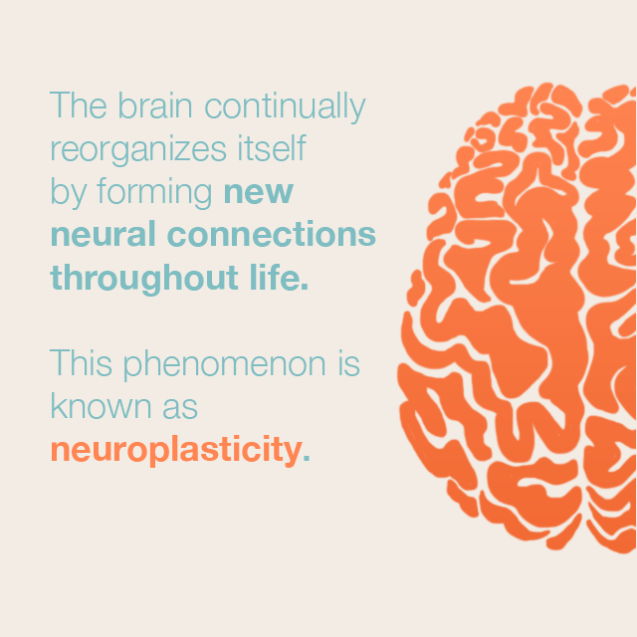
Concentrating on different parts in the body is an essential part of learning concentration. This is done by focusing on your feet and toes. After focusing on each area for a while, you can turn your attention back to the previous one. Concentrating on your breathing is a good option if you find it difficult or impossible to concentrate on the entire body.
Focusing on meditation is key to improving focus. Focused meditation requires you to be calm and focused. Focusing on your breath can be done while you meditate, or you can use a fidget spinner to focus your attention. No matter what, it is important to keep your eyes on the object in front of you. It will make things easier if you check in every two minutes. This will make sure you don't drift off and stay on the right path.

It is important to relax while practicing mindfulness meditation. Throughout the meditation, you should be relaxed and not rush. Concentrate on one thing at a time. This could be the sound from a distant bird or the sensation of air passing through your nose. You should stop thinking and relax. It is possible to achieve your goal by entering a meditative mindset.
An excellent meditation focus is the heartbeat. This technique can be practiced in a quiet area with a timer. Sit in a comfortable position and let your mind wander. Take note of your heartbeat. Slowly breathe and try to tune in. It may be useful to visualize blood flowing through your veins. You'll find your mind calmer and feel more relaxed. This is an essential part to good focus.
You may have thoughts that distract from your goal as you meditate. This is perfectly normal. You will be contacted by them, no matter how important or dumb they might seem. If this happens, don't worry. It's normal. You can take a few deep breathing breaks, then roll your neck, shoulders, and back to work. You can use your focus to make the most of your practice. Be aware that distractions can distract you.

There are many methods to meditate to focus. Meditation can help you focus and reduce stress. You should first try it outside your home. A peaceful place with many flowers or trees is ideal for meditation. Clear views of nature help you concentrate. A calm environment can also help you be more creative. There are numerous other benefits of this technique. This technique has many other benefits, including the ability to increase your attention span. It also allows you be more productive in your daily life.
FAQ
Is cold a sign of a weak immune response?
Cold weather can cause a decline in your immune system. Your body produces fewer white blood cell which fight infection. But, cold makes you feel better. Your brain releases endorphins that reduce pain.
How can I live the best life possible every day?
The first step towards living your best life everyday is to find out what makes you happy. Once you've identified what makes your happy, you can start to work backwards. You can also inquire about the lives of others.
You can also check out books like "How to Live Your Best Life" from Dr. Wayne Dyer. He discusses happiness and fulfillment in every aspect of our lives.
What is the difference between calories and kilocalories in food?
Calories are units that measure how much food has energy. A calorie is a unit of measure. One calorie equals one degree Celsius of energy to raise water temperature by 1 gram.
Kilocalories is another name for calories. Kilocalories are expressed in thousandths (or a calorie). 1000 calories are equal to one kilocalorie.
Statistics
- According to the 2020 Dietary Guidelines for Americans, a balanced diet high in fruits and vegetables, lean protein, low-fat dairy and whole grains is needed for optimal energy. (mayoclinichealthsystem.org)
- The Dietary Guidelines for Americans recommend keeping added sugar intake below 10% of your daily calorie intake, while the World Health Organization recommends slashing added sugars to 5% or less of your daily calories for optimal health (59Trusted (healthline.com)
- WHO recommends consuming less than 5% of total energy intake for additional health benefits. (who.int)
- In both adults and children, the intake of free sugars should be reduced to less than 10% of total energy intake. (who.int)
External Links
How To
What does the meaning of "vitamin?"
Vitamins are organic compounds naturally found in food. Vitamins are essential for our bodies to absorb nutrients from the foods we eat. Vitamins cannot be produced by the body. They must be acquired from food.
There are two types: water-soluble and fat-soluble vitamins. Water-soluble vitamins dissolve quickly in water. These include vitamin C (thiamine), Vitamin B1 (riboflavin), Vitamin B2 (riboflavin), Vitamin B3 (niacin), Vitamin B6 (pyridoxine), Vitamin C, B1 (thiamine), Vitamin B2 (riboflavin), Vitamin B3 (niacin), and Vitamin B6 (pyridoxine). The liver and fatty tissues are home to fat-soluble vitamins. You can find vitamin D, E K, A, beta carotene, and other fat-soluble vitamins.
Vitamins are classified according to their biological activity. There are eight major groups of vitamins:
-
A – Essential for normal growth, and the maintenance of good health.
-
C is important for nerve function and energy production.
-
D - Vital for healthy bones and teeth
-
E - Required for good vision & reproduction
-
K - required for healthy muscles and nerves.
-
P - essential for strong bones, teeth and tendons
-
Q - Aids in digestion and absorption.
-
R - necessary for making red blood cells.
The recommended daily allowance (RDA), for vitamins, varies depending upon age, gender, or physical condition. The U.S. Food and Drug Administration (FDA) sets the RDA values.
For adults over 19, the RDA for vitaminA is 400 micrograms per daily. For fetal development, pregnant women need 600 mg per day. Children ages 1-8 require 900 micrograms per day. Children under 1 year old require 700 micrograms daily, while infants over one year old need 500 micrograms every day. This decreases between 9 and 12 months.
Children between the ages of 1-18 need 800 micrograms per daily for obesity, while children overweight require 1000 micrograms. Children underweight or obese will need 1200 mg per day.
2200 mg of vitamin A per day is required for children aged 4-8 who have been diagnosed by anemia.
2000 micrograms are required daily for good health in adults over 50. Women who are pregnant or breastfeeding need 3000 micrograms per day due to increased nutrient requirements.
Adults over 70 years of age need 1500 micrograms per day since they lose about 10% of their muscle mass each decade.
Women who are pregnant, nursing or breastfeeding need more than the RDA. Pregnant and breastfeeding women require 4000 micrograms each day during pregnancy and 2500 Micrograms each day after delivery. Breastfeeding mothers need 5000 micrograms per day when breast milk is being produced.